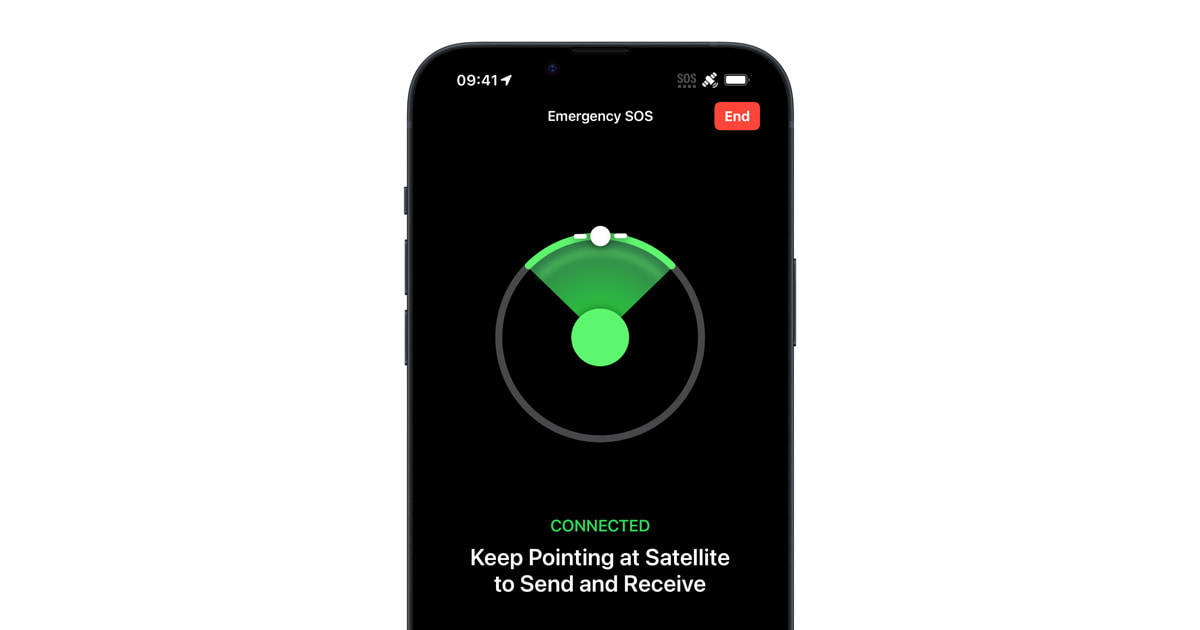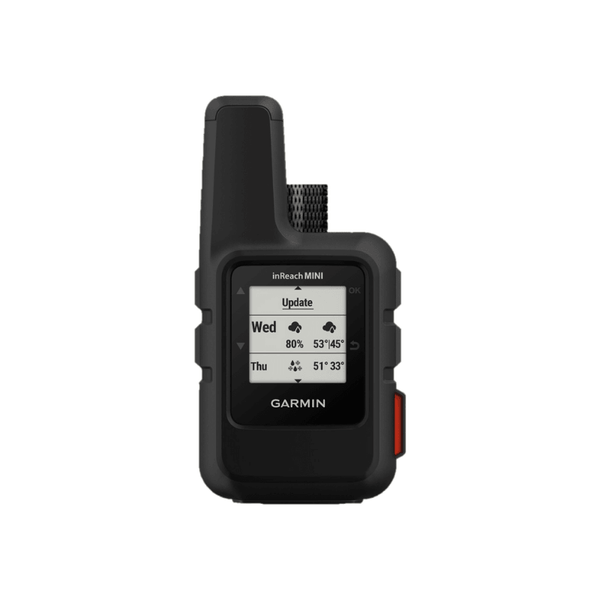Apple use the Globalstar network consisting of 44 satellites, with 17 more to be launched by 2025
Garmin use the Iridium network with a total of 66 satellites
Exactly. Iridium is the choice for most of the PLBs and has far better coverage.
Note, by coincidence just read this on one of the photography forums I inhabit (Communications officer with a SAR team in the USA) :-
In the end, if communications is critical, the more technologies you have at your disposal, the better your chances that your signal will get through. The problem is that most photographers don't want to leave all of their photo gear behind so that they can carry all of their radio gear. Thus, in reality, you may find yourself in places where you do not have reliable communications.
Speaking from the Search and Rescue point of view, be careful about exceeding your limits, if you're really worried about being out beyond communications range, you don't belong out there, especially on your own. No radio in existence can prevent dehydration, hypothermia, broken bones, or a whole host of other things we have to deal with. For all of our fancy gear (including helicopters, fixed wing aircraft, drones, specialized vehicles, etc., all operated by trained and experienced personnel) somewhere upwards of 1/3 of our search and rescues missions turn into search and recoveries - that's what the body bags are for. No photograph is worth your life. My apologies for preaching, part of my duties include public education.


 Still to this day carry a red distress mini flare, whistle & always leave a route & cut off time.
Still to this day carry a red distress mini flare, whistle & always leave a route & cut off time.